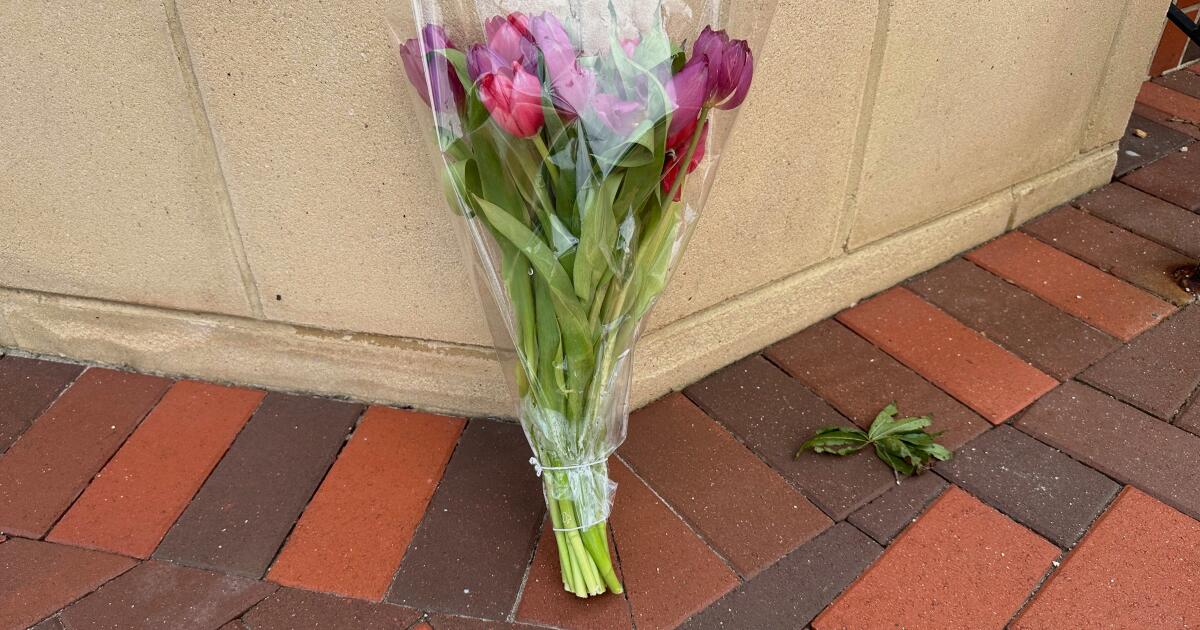Judge rules Trump can’t deny funds to L.A., other ‘sanctuary’ cities
The Trump administration cannot deny funding to Los Angeles and 30 other cities and counties because of “sanctuary” policies that limit their cooperation with federal immigration agencies, a judge ruled late Friday.
The judge issued a preliminary injunction that expands restrictions the court handed down in April that blocked funding cuts to 16 cities and counties, including San Francisco and Santa Clara, after federal officials classified them as “sanctuary jurisdictions.”
U.S. District Judge William Orrick of the federal court in San Francisco ruled then that Trump’s executive order cutting funding was probably unconstitutional and violated the separation of powers doctrine.
Friday’s order added more than a dozen more jurisdictions to the preliminary injunction, including Los Angeles, Alameda County, Berkeley, Baltimore, Boston and Chicago.
Mayor Karen Bass’ office did not immediately respond to a request for comment.
In a statement, a spokesperson for the White House said the Trump administration expected to ultimately win in its effort on appeal.
“The government — at all levels — has the duty to protect American citizens from harm,” Abigail Jackson, a spokesperson for the White House, said in a statement. “Sanctuary cities interfere with federal immigration enforcement at the expense and safety and security of American citizens. We look forward to ultimate vindication on the issue.”
The preliminary injunction is the latest chapter in an ongoing effort by the Trump administration to force “sanctuary cities” to assist and commit local resources to federal immigration enforcement efforts.
Earlier this month, the U.S. Department of Justice published a list of what it determined to be sanctuary jurisdictions, or local entities that have “policies, laws, or regulations that impede enforcement of federal immigration laws.”
“Sanctuary policies impede law enforcement and put American citizens at risk by design,” Atty. Gen. Pamela Bondi said in a statement accompanying the published list.
Several cities and counties across the country have adopted sanctuary city policies, but specifics as to what extent they’re willing — or unwilling — to do for federal immigration officials have varied.
The policies typically do not impede federal officials from conducting immigration enforcement activities, but largely keep local jurisdictions from committing resources to the efforts.
The policies also don’t prevent local agencies from enforcing judicial warrants, which are signed by a judge. Cooperation on “detainers” or holds on jailed suspects issued by federal agencies, along with enforcement of civil immigration matters, is typically limited by sanctuary policies.
Federal officials in the suit have so far referred to “sanctuary” jurisdictions as local governments that don’t honor immigration detainer requests, don’t assist with administrative warrants, don’t share immigration status information, or don’t allow local police to assist in immigration enforcement operations.
Orrick noted that the executive orders threatened to withhold all federal funding if the cities and counties in question did not adhere to the Trump administration’s requests.
In the order, the judge referred to the executive order as a “coercive threat” and said it was unconstitutional.
Orrick, who sits on the bench in the Northern District of California, was appointed by former President Obama.
The Trump administration has been ratcheting up efforts to force local jurisdictions to assist in immigration enforcement. The administration has filed lawsuits against cities and counties, vastly increased street operations and immigration detentions, and deployed National Guard troops to Los Angeles as it increased immigration operations.
The U.S. Department of Justice in June sued Los Angeles, and local officials, alleging its sanctuary city law is “illegal.”
The suit alleged that the city was looking to “thwart the will of the American people regarding deportations” by enacting sanctuary city policies.




